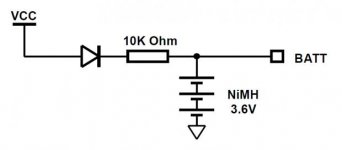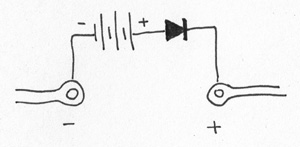ibmapc
Veteran Member
I have a 286 Motherboard with a dying 3.6v battery soldered to it. I want to replace it with one of these It's a LIR 2032 (Lithium Ion Rechargable) The holder for it is a perfect fit on the motherboard. My concern is the charging voltage. With the Motherboard powered up, the voltage across the existing dying battery is 4.0 volts(it drops to 3.0 volts after the power is off for a while and the clock loses time dramaticaly). The specs for the LIR2032 says charge voltage is 4.2 volts.
1)Will it charge at the slightly lower voltage?
2)Will the battery overheat if the charge doesn't stop when it's fully charged?
3)I wonder if it will hold its charge long enough to power the Clock and CMOS setup memory if the machine is left off for 2 or more months?
Thanks in advance
Greg
1)Will it charge at the slightly lower voltage?
2)Will the battery overheat if the charge doesn't stop when it's fully charged?
3)I wonder if it will hold its charge long enough to power the Clock and CMOS setup memory if the machine is left off for 2 or more months?
Thanks in advance
Greg
Last edited:


